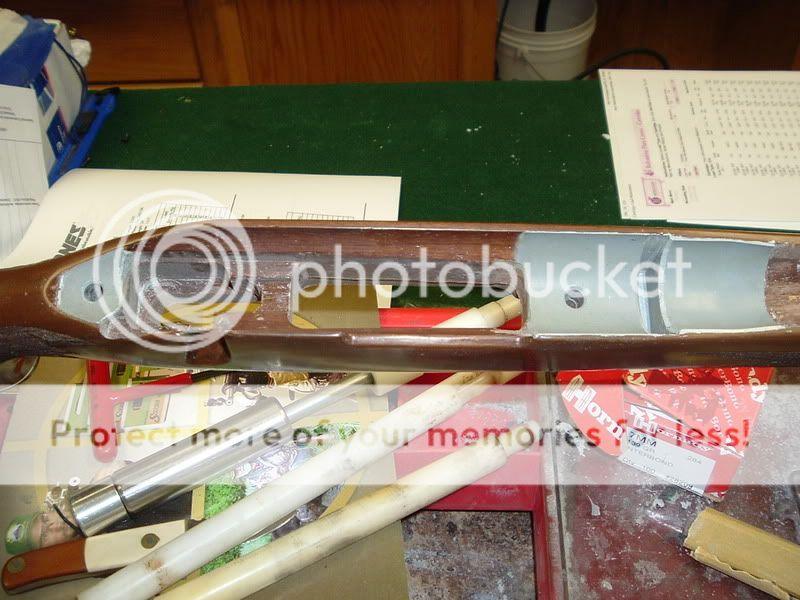Anyone thinking any stock fore end with a pressure point somewhere between it and the barrel will always have the same force and direction against the barrel needs to do the following.
Measure how much the bore axis moves relative to the line of sight in different shooting positions and different holding parameters. Easy to do and an eye-opener to most. No ammo required and can be done in your shop, front room or bathroom.
With plenty of clearance from the barrel to the fore end, the force against the barrel will always be zero.
Measure how much the bore axis moves relative to the line of sight in different shooting positions and different holding parameters. Easy to do and an eye-opener to most. No ammo required and can be done in your shop, front room or bathroom.
With plenty of clearance from the barrel to the fore end, the force against the barrel will always be zero.



